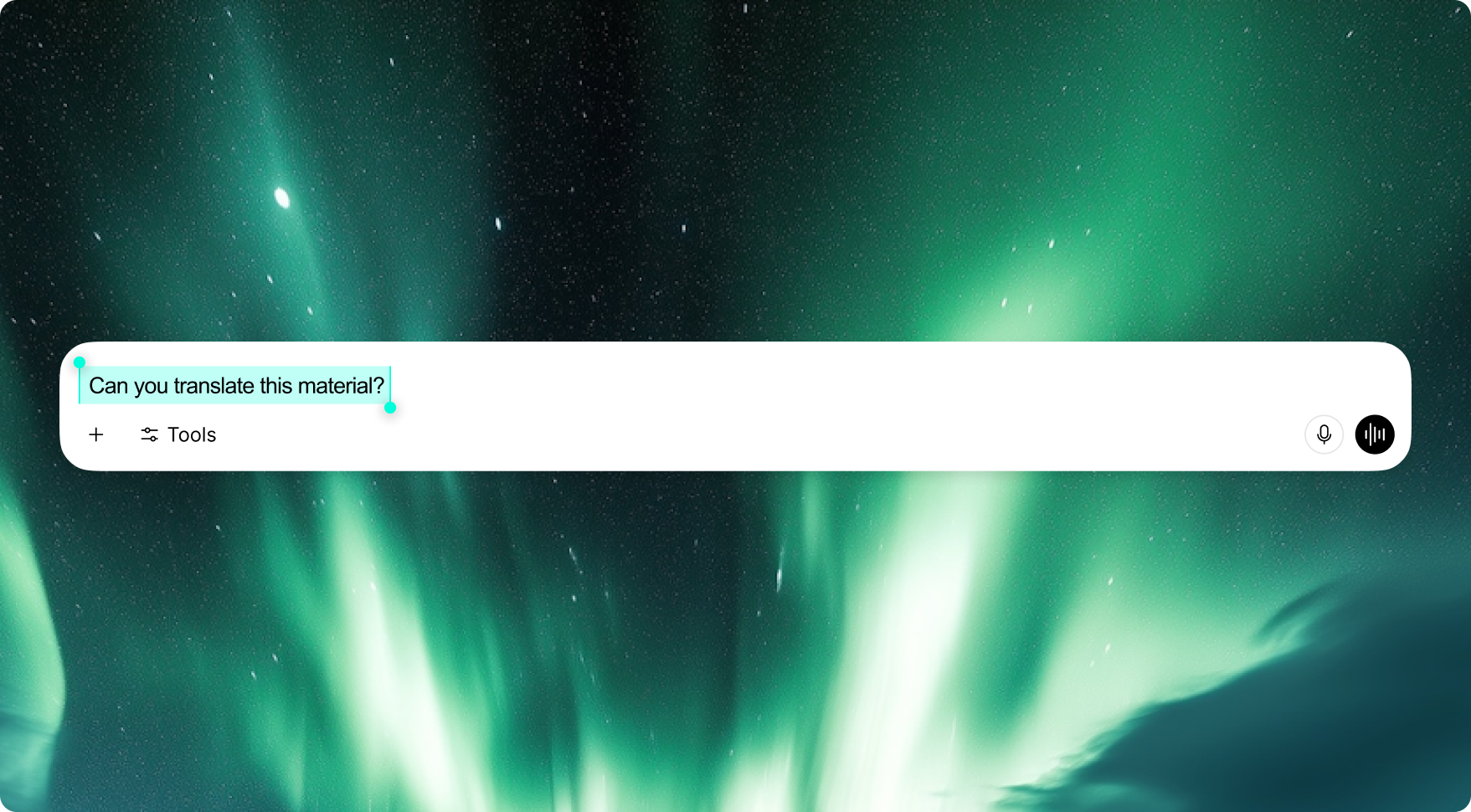2 min read
Beyond Machine Translation: Building an Intelligent Localization Workflow
 Annica Heuermann
Jul 29, 2025 8:45:00 AM
Annica Heuermann
Jul 29, 2025 8:45:00 AM
.png)
In a recent webinar, hosted by our Client Strategist Annica Heuermann we invited Language Technology Expert Jourik Ciesielski from C-jay International. In 15 minutes they covered what to think about when transitioning translation workflows to an AI-first model.
The webinar offered a clear map for companies that want to modernize their translation workflows without falling for the hype.
Where the Technology Adds the Most Value
Client Strategist Annica Heuermann spoke with language-technology consultant Jourik Ciesielski of C-jay International about where the real gains lie and what groundwork is required.
Machine translation that understands context
Large language models accept glossaries, project briefs, and example sentences before they start work, so the output reflects a brand’s tone and purpose instead of sounding generic.
Smarter quality checks
Conventional quality-assurance rules inside translation-management systems often raise false alarms because they cannot see the broader context. Newer models can read the surrounding sentence, spot cultural missteps, and allow for deeper customization.
Flexible workflows
Many current processes are document-centered and triggered by hand. Content classifiers can now decide whether material is fit for machine translation, estimate effort, route files according to difficulty, and even repurpose a blog post into a LinkedIn update, all without manual intervention.
First Steps towards an AI Translation Workflow
- Start small
- Set realistic goals
- Pick one clear pain point, e.g. slow turnaround, weak quality, or too much manual copy-and-paste, and pilot the new approach there
- Software alone will not magically make work faster, cheaper, or better
- Time and investment are still needed
Prepare your data
A reliable glossary, a list of common machine-translation errors, and a view of where human effort is currently wasted will help the model deliver useful results from day one.
Large Language Models and Neural Machine Translation: What’s the Difference?
Predictability
Traditional neural engines always produce the same result from the same input and stick closely to the source.
Flexibility
Large language models can offer several valid phrasings for the same sentence, making them handy for marketing copy or creative content.
Use the conventional system for technical manuals or legal texts that demand strict fidelity; choose the newer model when voice and style matter more.
Pitfalls to Avoid
Over-promising
Expecting instant transformation sets projects up for disappointment.
Under-resourcing
Successful implementation involves prompting, fine-tuning, integrating reference material, and wiring the model into existing tools. This calls for engineering skill, such as APIs, scripting, and, often, Python, not traditionally required in localization teams.
Skills and Tools You Will Need
Engineering capacity to customize and maintain the system.
A modern tool stack that shares data through APIs. Services such as Make.com or Zapier can orchestrate separate components into an automated pipeline.
Flexibility matters; the software landscape is still shifting.
Handled thoughtfully, artificial intelligence can shorten delivery times, lift consistency, and free specialists to focus on cultural nuance rather than mechanical tasks.
The gains are real, but only for companies willing to pair the new technology with sound data, realistic planning, and the right technical expertise.
The webinar session provided valuable insights into how companies can leverage AI to transform their translation processes, unlocking greater efficiency, improved quality, and lower costs.
Watch the recording or read the transcript here!


